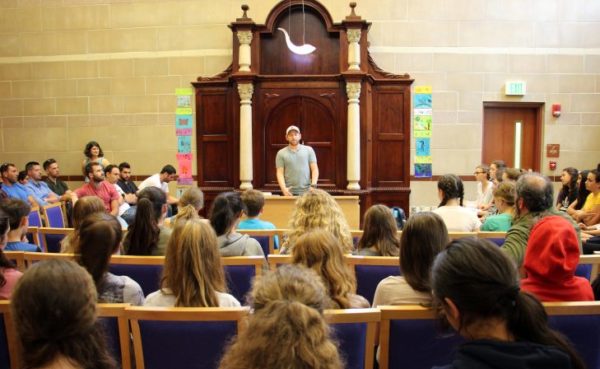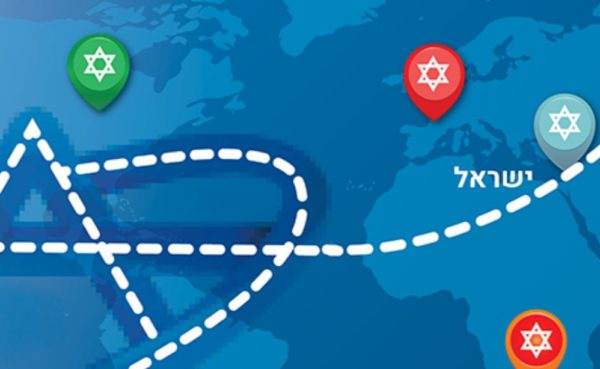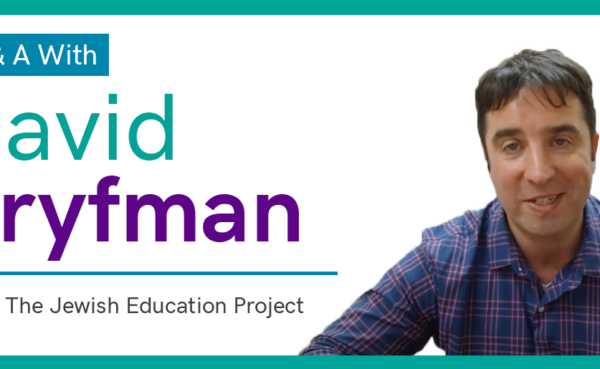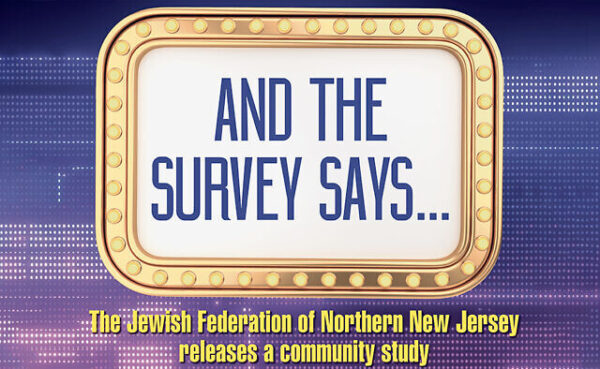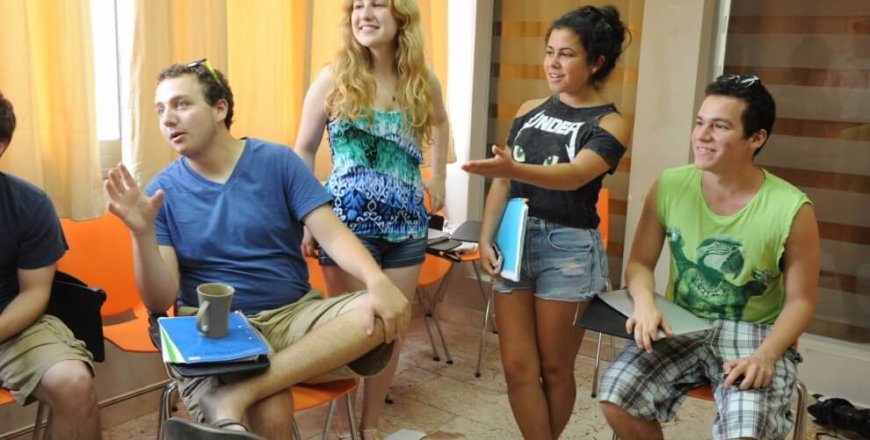
The Vast and the Varied: American Jews and Jewish Life Today
Editor’s Note: The following piece originally ran on the Jewish Federations of North America blog.
Over the past 10 years, many Jewish organizations have integrated research and evaluation into their planning process. Many of these organizations have worked with Rosov Consulting on this endeavor. In our effort to continually explore our essential question, “Who are North American Jews today?” and “What are the institutions we need in the 21st century to make Jewish education happen?” we reached out to Wendy Rosov, Principal, Rosov Consulting, and asked her to share what she’s learned over the past 10 years working with Jewish organizations. Who are the North American Jews of today and what are they looking for?
The Vast and the Varied: American Jews and Jewish Life Today
By Wendy Rosov
These are dynamic and exciting times to be an American Jew and, more importantly, to “do Jewish.” Old rules and restrictions about what constituted “appropriate” Jewish engagement have seemingly gone by the wayside. People are encouraged — even empowered by organizations — to discover experiences and learning that may tap into their Jewish identities and expression. If someone finds personal meaning in an experience, an activity, or a text with even remote connection to Judaism — great. That pursuit of meaning and relevance is what many people today, especially young people, understand to be essential to being Jewish, and to being alive.
At Rosov Consulting, we are fortunate to work closely with many organizations charting this new path in Jewish engagement and education. As we mark our 10-year anniversary as a professional services firm, and look back over that same period at the evolution of North American Jewish organizations and Jews — and the influx of nascent and varied Jewish experiences — we share some reflections about the numerous ways we see people engaging in Jewish life.
A decade ago, many (finally) realized that what the Jewish organizational world was doing to reach and engage people was not working, or at least not working for large numbers of people. In the midst of busy and hectic lives, people were often choosing experiences outside the Jewish community that spoke more clearly to them and that they found more relevant to their everyday lives — perhaps meditation or yoga; a hiking group; a book club; or other things that allowed space for personal reflection. They felt, in many cases rightfully so, that there was no room for them to create Jewish life as they wanted it.
Around that same time some big things began to happen in the Jewish organizational world. As one example, Moishe House was founded and helped to reimagine what post-college Jewish life could be like for young adults. The premise seems simple now: young Jewish adults living together, creating community in ways they want to and in environments comfortable to them. A 25-year-old no longer needed to go inside “institutional” walls for a program he or she had no say in planning. And the barriers to engage in a Moishe House event were and are essentially nil — no prior knowledge needed; no membership fee required. Just show up.
It also was about 10 years ago that Hillel International began a major shift in how it approached its work. Again, instead of relying on students to come inside its walls for a program, more Hillels began focusing heavily on building meaningful relationships with students, meeting them where they were — in dorms, on the soccer field, at cafes and elsewhere — and asking them what they wanted out of Judaism. Hillel moved beyond simply counting the numbers of students at its events as a measure of success, and began tracking how its interactions with students were positively influencing their lives.
Also a decade ago an organization called UpStart was born, with a commitment “to creating the Jewish Silicon Valley, a bold engine for Jewish innovation.” Since that time, UpStart has supported hundreds of creative and talented leaders who have a vision to continue the growth and vitality of Jewish life—regardless of what that Jewish life looked like previously. It also has merged with additional Jewish incubator organizations that shared a similar vision of innovative, grassroots-led Jewish life.
Fast-forward to the present, and the landscape of American Jewish life continues to evolve at a rapid pace. A few of the new organizations with which we are fortunate to work are indicative of a dynamic blend of old and new; of the platform Israel can provide for various forms of engagement; and the continued personal desire many have for empowerment and for community.
Following are three examples—programs with a national reach and several years of data:
- OneTable is engaging young adults in one of our oldest and most sacred traditions—Shabbat dinner—and supporting them to reimagine it in ways that are comfortable for them and their often diverse group of peers. OneTable’s philosophy that “there are numerous ways to make a Friday evening meal ‘Jewish’” cultivates this feeling of comfort. As a result, almost half of all OneTable guests credit the project with their interest in making Shabbat dinner a regular part of their lives.
- Onward Israel offers young adults an opportunity to spend an extended time in Israel in an internship or other professional development experience that speaks to their career aspirations—not with text study or traditional sightseeing as the primary reason. The data show that when Onward participants return home, they are more likely to take on leadership roles in their Jewish community, including organizing and leading Jewish social, cultural and religious events.
- Honeymoon Israel, a short-term Israel experience that attracts a significant number of interfaith couples, LGBTQ couples and couples where one Jewish partner may have significantly less prior engagement in Jewish life, is actively building a more welcoming community than in previous generations. Honeymoon Israel trip participants are told that “they are all part of the Jewish family.” Nine months later this has a ripple effect as couples maintain connections and build community with each other.
There is no longer — if there ever was — a one-size-fits-all profile of what the North American Jew looks like. These three examples show us how varied our audience is even within a single demographic, in this case young adults. These individuals have different beliefs — about religion, spirituality and G-d — and perspectives and goals about what they want to get out of Jewish life.
What do the programs that serve these young adults have in common? They create opportunities — sometimes in partnership with, but no longer confined to, major institutions — and they help people create and tailor experiences aligned with their passions and interests. We might even say that these programs, spurred by a groundswell of demand, are encouraging young adults in particular to expect this from Jewish life, just as they do in other areas of life.
